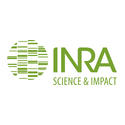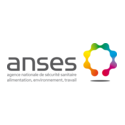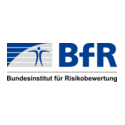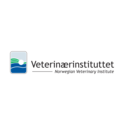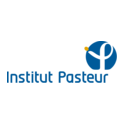In short
Bacterial toxins produced by Staphylococcus spp., Bacillus spp. and Clostridium spp. are responsible for a large number of food-poisoning outbreaks in the European Union. They account for nearly 10,000 cases each but their true incidence is largely underestimated. With the development of new methodologies to detect bacterial toxins, food-poisoning outbreaks can more accurately be detected, described and resolved.
Project description
EU-wide, foodborne toxigenic bacteria are on the rise and have to be considered as emerging threats. However, adequate methods for their detection, as is in-depth knowledge about the characteristics and factors that contribute to the pathogenicity of toxigenic bacteria, are scarce.
To ensure increased consumer health protection, three new methods to detect bacterial toxins and to characterize foodborne toxigenic bacteria, e.g. Staphylococcus aureus, Bacillus cereus and Clostridium perfringens, are developed within this project.
NEW “NON-NGS” APPROACHES
In total, a panel of three non-NGS based methods was developed:
-
MALDI-ToF
- LC-MS/MS
- ELISA
As a partner, Sciensano took part in the development of proteomic approaches based on liquid chromatography coupled to mass spectrometry (LC-MS/MS) for the analysis of the toxins (Staphyloccocus enterotoxins analysis). These are seen as new “non-NGS” approaches for better detection and quantification of bacterial toxins or factors involved in the virulence of toxigenic bacteria. This approach covers the whole analytical process, from sample preparation to analytical results, and enables the detection of currently undetectable toxins (emerging threats). Moreover, they are a relevant choice due to their specificity and quantification possibilities.
Results obtained in the TOX-detect project allow enhancing acknowledgment on strains producing toxins virulence. Methods developed could be used by reference laboratories (NRLs and EURL) for further development and foodborne outbreak investigation, especially when it comes to non-classical toxins. Selected reference strains for Staphylococcus and Bacillus have been included in OHEJP CARE project.
Sciensano's project investigator(s):
Partners
